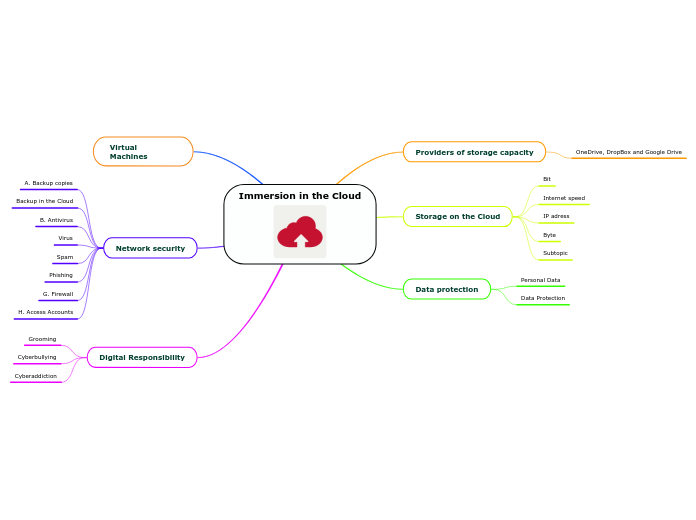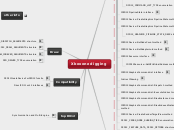par Seth Jones Il y a 4 années
491
The Toulmin Argument
The Toulmin Argument Model is a methodical framework used to analyze and construct arguments. It consists of several core components, each playing a crucial role in establishing the soundness and persuasiveness of an argument.









